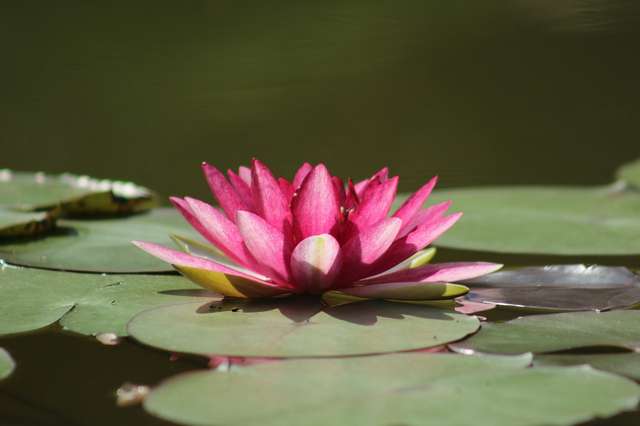Red flowers are extremely popular in gardens all over the world. It's interesting to note many insects can't see red color, so we find a lot of wind pollination (like poppies), self-pollination (like tulips) or strong scented flowers (like orchids) among red flowering plants. Another important pollinator for red flowers are birds, who, unlike the insects, are often attracted by lively red flower and rich amounts of nectar (cape fuchsia is one such example).
Our intention is to provide a long list of red flowers to give you a hint what is available for your garden or meadow. It will expand through time according to our abilities. Please support us by telling your friends, who might be interested in this content.
Cape fucshia or cape figwort (Phygelius capensis)
* a semi-evergreen shrub native to South Africa
* easy to care, suitable for beginners
* needs direct sunglight and protection against cold
* can be grown in almost every kind of soil
* known by attracting hummingbirds
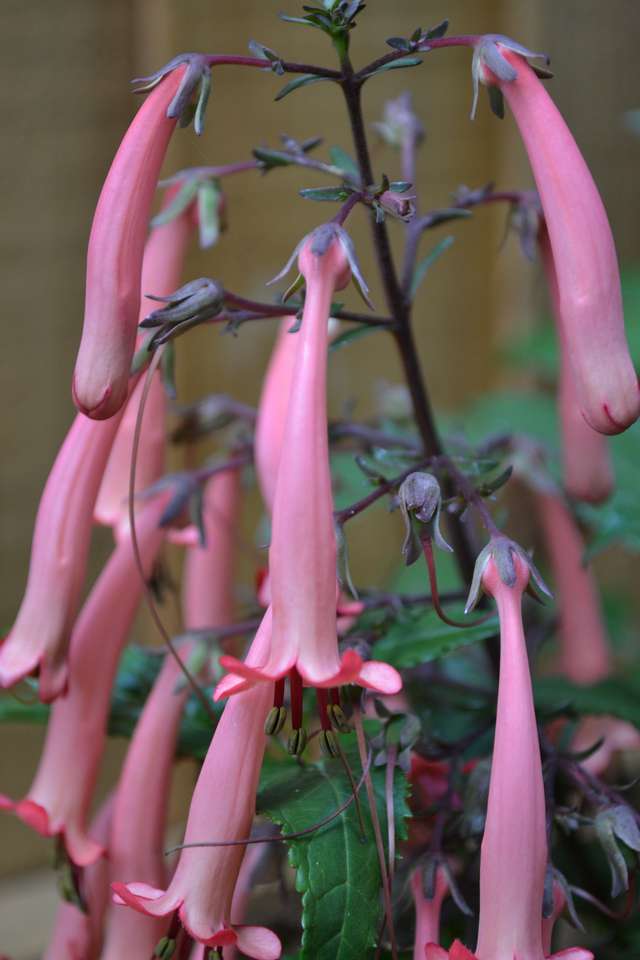
Carnation (Dianthus caryophyllus)
* they got their scientific name by greek words for god (dios) and flower (anthos)
* according to old Christian belief they appeared on Earth when Jesus carried the cross
* official flowers of Mother's Day (favorite flower of founder's mother)
* blooms are known as very long lasting after the cut (up to three weeks in vase)
* they need few hours of full sunlight per day and constant moisture (not over-water!)
* they need well-drained (sandy) and slightly alkaline soil
* taller sorts need support
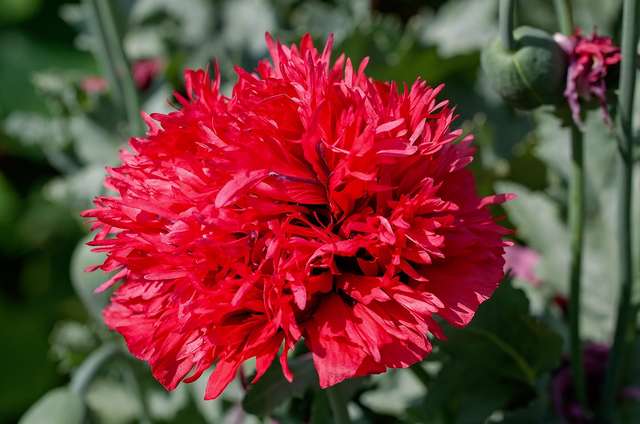
Dahlia (Dahlia)
* a national flower of Mexico
* perennial, growing up to 5 feet
* its petals are edible and used in salads
* plant it in deep, rich, weel-drained soil only after danger for frost is over
* water it at least two times per week
* tall cultivars need support
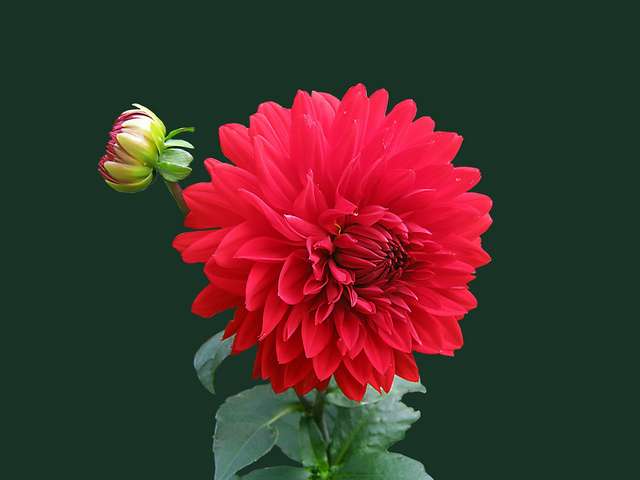
Gerbera daisy (Gerbera jamesonii)
* apart from red, they come in many other colors as well (white, yellow, pink , orange)
* single, double and multiple petals
* can be grown from seeds, seedlings and by division
* they are most successful in sandy soil, with lots of (indirect) sunlight
* sensitive to fungi and other pests
* not suitable for beginners
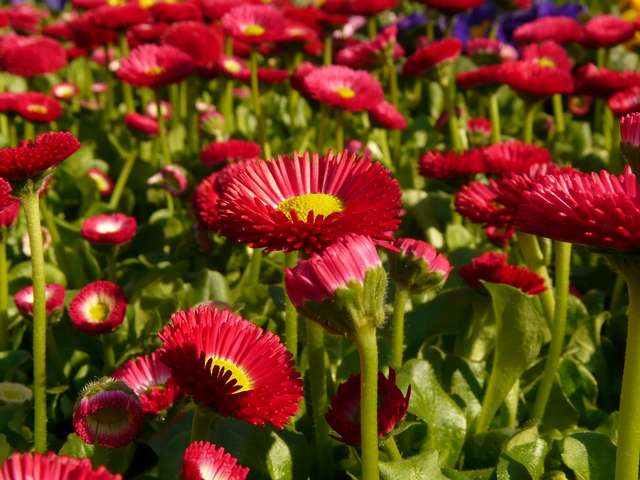
Hibiscus (Hibiscus rosa-sinensis)
* annual or perennial, more than 200 known varieties, as a shrub or as a tree
* ornamental flower, also used in nutrition and as source of dye
* in China it is called a shoe flower (used for polishing shoes)
* in Hawaii and Tahiti a flower indicates marital status of a woman (wearing behind left ear for married or engaged and behind right ear for single women)
* flowers are edible, rich source of vitamin C, natural diuretic
* national flower of Haiti, Malaysia and South Korea, flower of the goddess Kali
* its flowers belong to largest among plants
* needs lots of sun
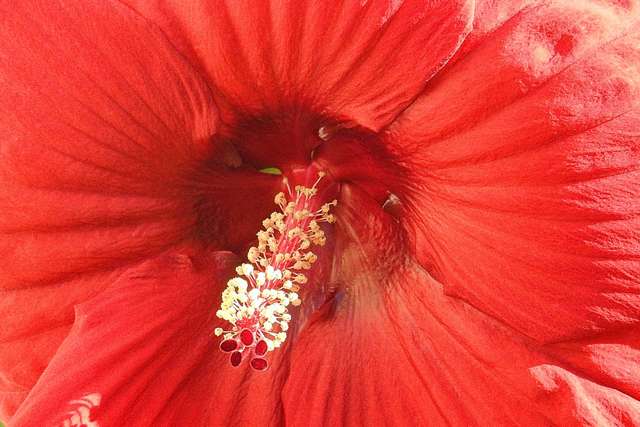
Iris (Iris Germanica)
* very popular perennial
* about 300 known varieties in many colors ('iris' means 'rainbow' in Greek)
* needs well-drained soil, plenty of water and a solid portion of sun
* birth flower of February, a flower for 25th wedding anniversary and official state flower of Tennessee (purple or white sort)
* be careful with nitrogen fertilizers
* traditionally used in cosmetics, aromatherapy and natural pharmacy (diseases of lungs and liver)
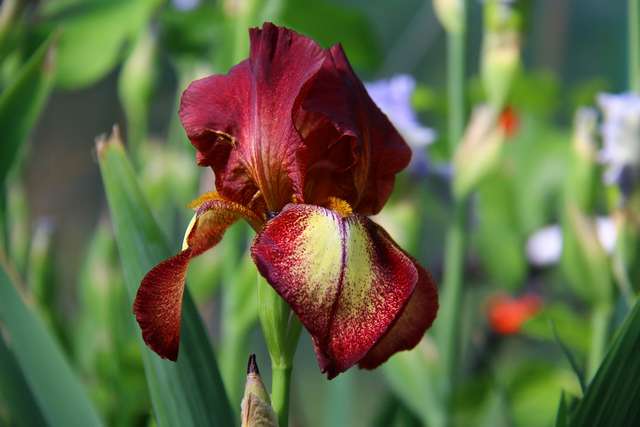
Lotus (Nelumbo nucifera)
* can grow up to several meters
* has roots in the soil of the pond bottom with blossom floating on the surface
* is often confused with water lillies (completeley different order in botany)
* whole plant is edible
* is sacred plant in several religions
* it symbolizes beauty, elegance and purity
- is is associated with rebirth
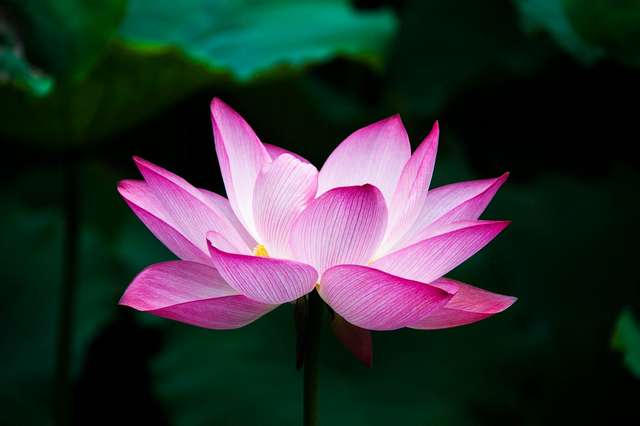
Orchid (Orchidaceae)
- the secnd most popular family of decorative plants (right after the roses)
- known in all colors, including red
- the scent is very popular among perfumers
- vanilla belongs in the same family
- several species are symols of several countris in Asia and Latin America
- some species can live up to 100 years
- can grow, depending on the species, from 2 milimeters to more than 2 meters

Poppy (Papaveroideae)
* annual, biennial or perennial
* cultivated for at least four thousand years, well known symbol of sleep and death
* a tough plant, ablle to grow in any well-drained soil, a common weed
* in general they like sun, but in hot climate need partial shade to grow successfully
* used for decoration, medicine (alkaloids) and food (edible seeds and oil)
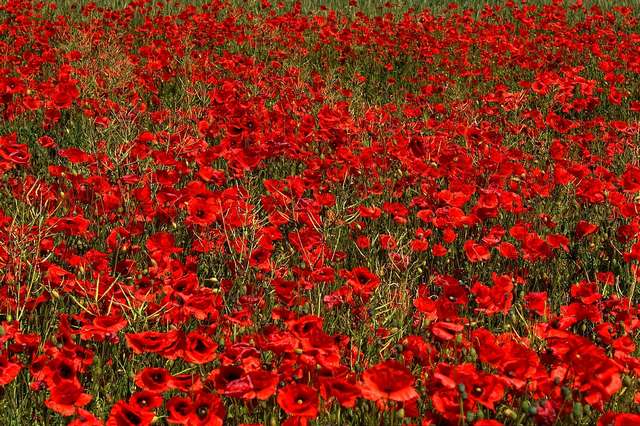
Rose (Rosacea)
* more then one hundred known species and thousands of cultivars
* cultivated for more than two thousand and five hundred years
* an ornamental flower for gardens, also used in perfume (rose oil) and food industry (jams, teas)
* part of traditional Chinese medicine, good source of vitamin C
* especially cultivated sorts are very sensitive due pests
* they need regular watering, good amount of sunlight and fertilizers, in general pretty demanding to care for
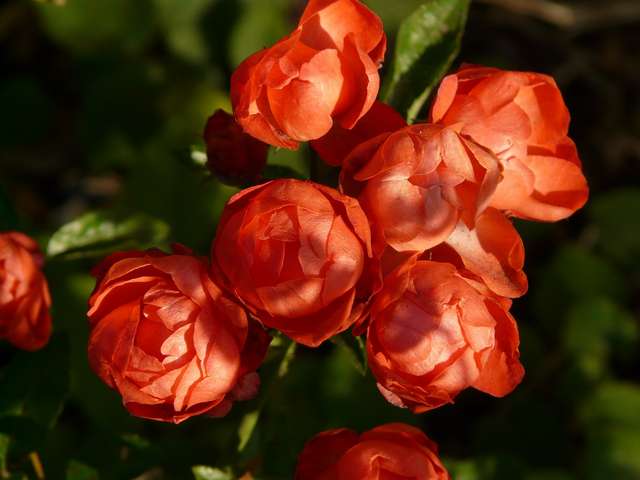
Tulip (Tulipa)
* more than 150 species with thousands of varieties
* they only bloom up to seven days
* each color has its own symbolism, red, for instance, stands for true love
* their petals are edible and can be used instead of onion in recipes
* Netherlands produce more than three billions of tulips per year
* it's best to plant them in the fall, so they can make roots before the frost
* most succesful in areas with hot dry summer and cold winters
* most varieties need at least few hours of direct sunlight per day
* good drainage is a must
* beware of rodents, who love bulbs
* can de grown as annuals or perennial, depending on the climate and soil

Water Lily (Nymphaea)
* a flower lasts only a few days
* they are edible from roots (made into flour) to seeds (best roasted)
* traditional medicine of several American Indian tribes
* it makes the pond cooler, gives hiding places for small fish underwater or resting place for frog above the water
* especially tropical species can widespread too much, use all the oxygen and shuld be treated as a weed
